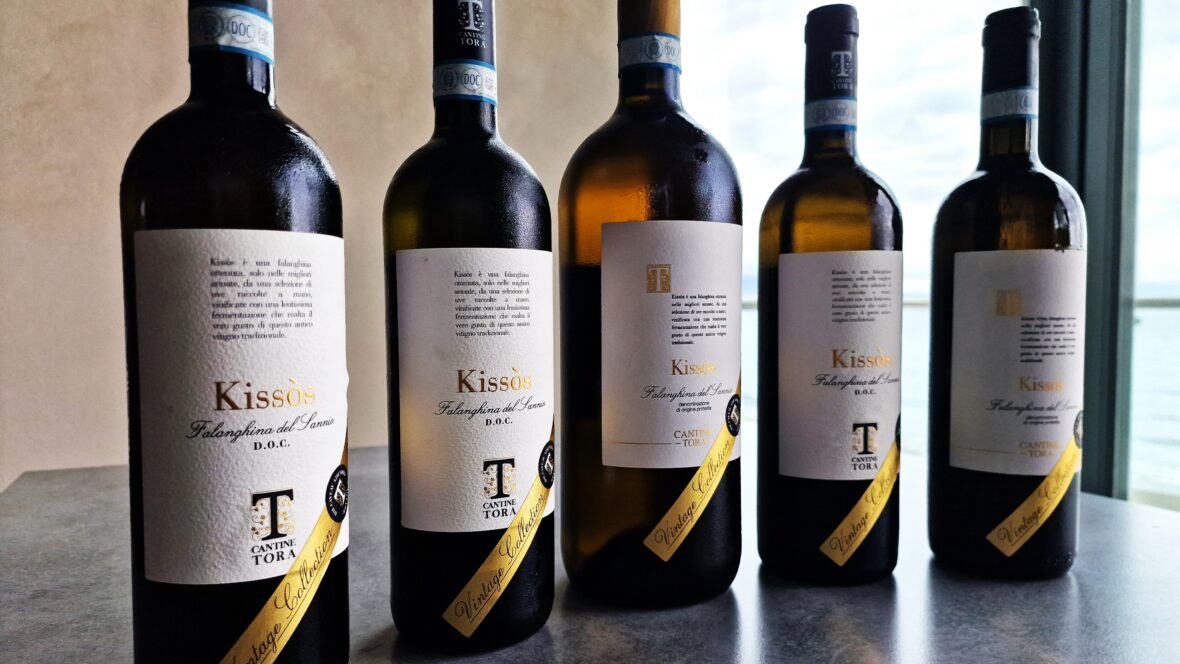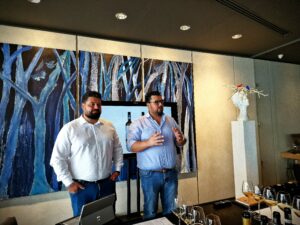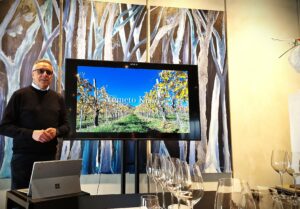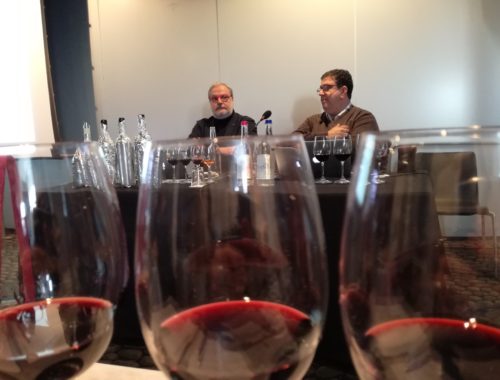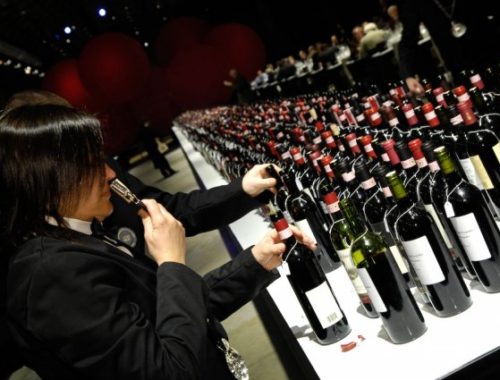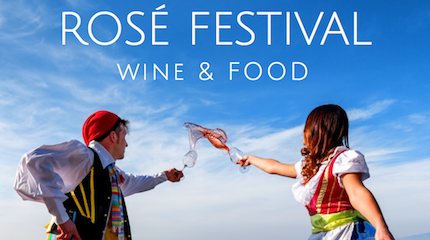Kissòs is not (just) a wine but a project for the entire territory which boosts Falanghina towards further horizons.
The tasting of such a collection took place some weeks ago at Palazzo Petrucci restaurant in Naples downtown and it went well beyond the tasting notes and the scores themselves which, precisely because they were very high, launched such a popular wine, very much appreciated also abroad, even further.
The tasting was preceded by a detailed description of the work behind such a precious collection. The adventure of the Rillo brothers began in 2001 with the launch of Cantine Tora and their first released in 2004 with a focus on the local white Falanghina and the red Aglianico del Taburno, the 2 typical wines of Sannio area in Campania region, Southern Italy. Then comes Kissòs: the line to bet on the aging of Falanghina in collaboration, now, with the winemaker Angelo Valentino.
The altitude, not to be taken for granted in this area, the clayey soils mixed with sand allow the production of Falangina with structure and concentration as well as aromas: the perfect mix for planning an ageing potential. The first step was, therefore, to identify the best sites such as, specifically, Torrecuso and a design not in favor of mechanization but of exposures that do not lead to excesses but to the conservation of aromas in order to address the path of the best grapes towards a successful result over time together with the right rootstocks for a slow ripening process. All lessons learned in France, and in particular in Alsace: maximum attention to the maturation of grape seeds and skins, long fermentations with indigenous yeasts which withstand the high concentrations while also supporting the richer texture.
A wine from the South: with a golden color and aromas that depend on evolution: candied fruit, broom, pineapple, anise, honey. The character of the Falanghina always marks the refreshing character with an often saline finish with hints that also very much reflect the vintage, but the flavours of tropical fruits often peek out to remind us the real origin of the variety which is here in its realm.
The 2018 is very young with aromas of citrus fruits, white flowers, powder, wet stone and dried herbs which, despite the velvety texture, still plays on the acidity. The 2017 is already more developed and balanced also given the drought; it offers aromas of ripe stone fruit like peach and a touch of iodine: more integrated on the palate. The 2016 offers notes of mango, iodine and custard announcing a soft and coherent sip that is still in progress. The 2015 in magnum is amazing, with notes of peach in syrup, toast and talc for a silky but lively and very long taste. The 2012 is incredible with the tertiary aromas combining with the primary ones: almost passion fruit, licorice, ash and honey together with puffs of peanuts but how lively it is!
A project that appears well centered if the preferred vintages, and apparently not only by me, are the older ones like 15 and 12. A symbolic value for the territory as a whole, in fact, if a restaurant offered a list of vintages for Falanghina as is done for reds.
The dishes, often inspired to the local traditions, by chef Scarallo has enriched the experience as usual.



